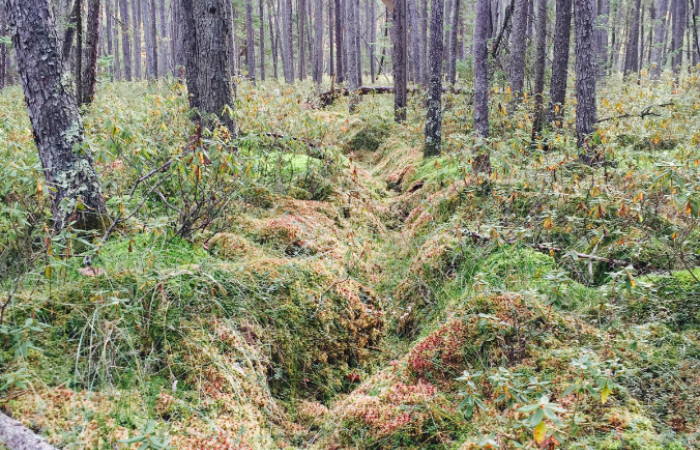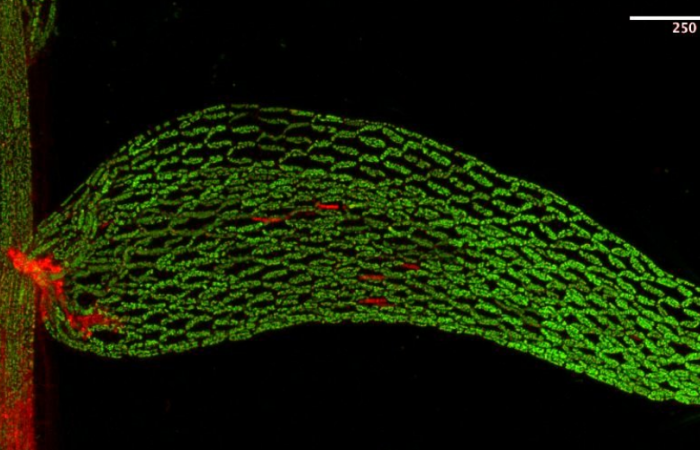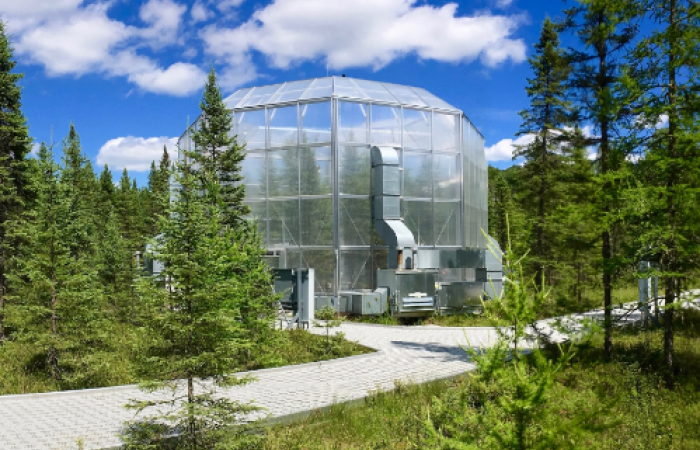A team of scientists at Oak Ridge National Laboratory and Georgia Institute of Technology found that critical interactions between microbes and peat moss break down under warming temperatures, impacting moss health and ultimately carbon stored in soil. They investigated the mosses’ reaction to a range of temperatures onsite at SPRUCE, a whole-ecosystem warming experiment in the peatlands of Minnesota. Using genomic analyses, the team showed that the heat caused microbial diversity to decline, reducing the microbiome’s ability to capture nitrogen from air for moss to use. “Sphagnum mosses and their microbiomes substantially control the cycling of carbon and nitrogen across the landscape,” ORNL’s David Weston said. “We are looking at what is causing this breakdown in the relationship between mosses and microbes.” This research advances understanding of how changing environmental conditions might affect nearly one-third of the world’s soil organic carbon currently stored in northern peatland ecosystems.
Topic:
Media Contact
Kimberly Askey
, Communications Coordinator, Biological and Environmental Systems Science Directorate
, 865.576.2841
|
ASKEYKA@ORNL.GOV








